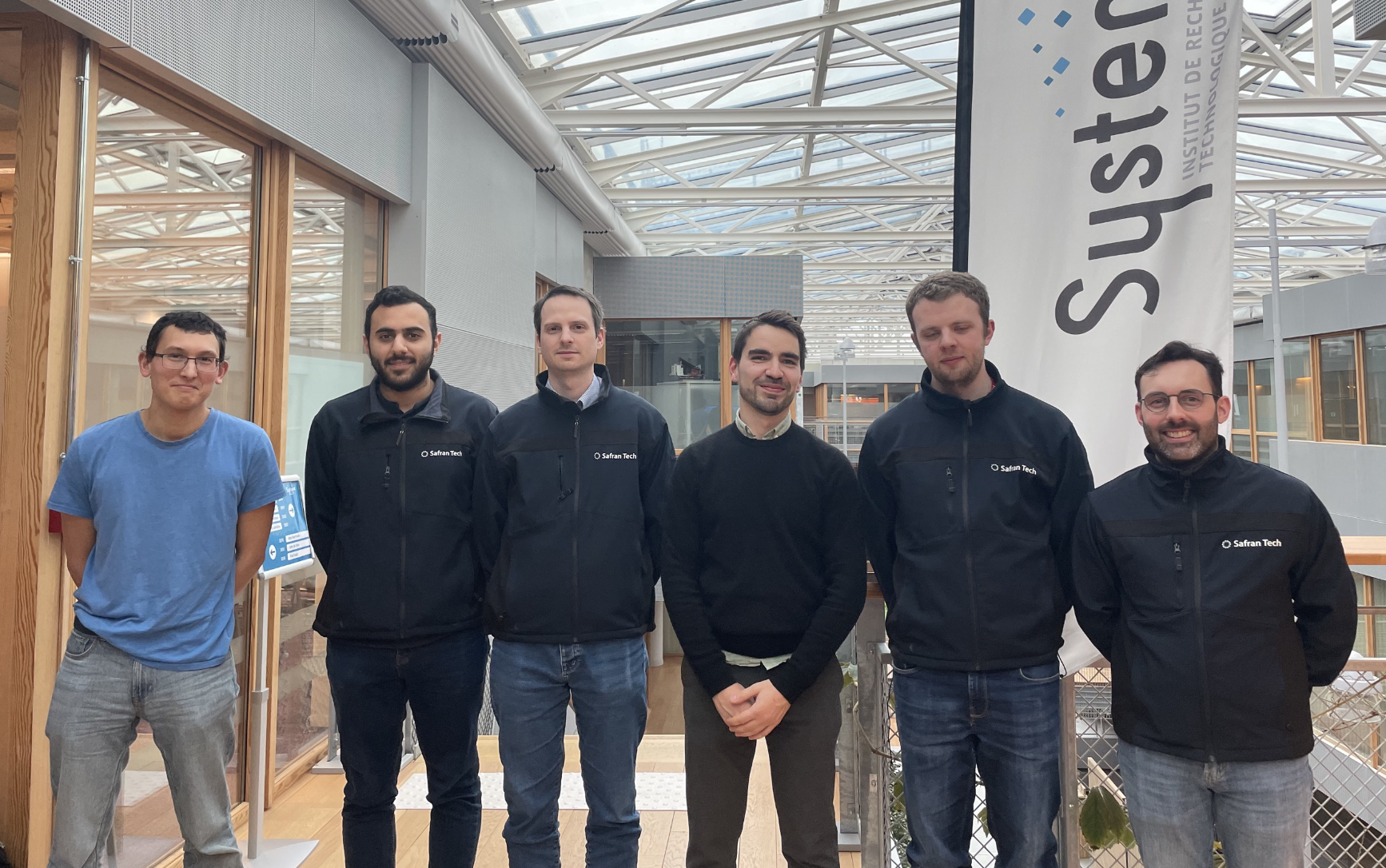Gérard Le Lann, Directeur de recherche émérite à Inria, est venu à l’IRT SystemX le 20 octobre pour animer un Seminar@SystemX sur le thème Safe Fully Automated Driving on Roads and Highways: Pie in the Sky or Future Reality?
Résumé [en anglais]
A growing number of experts posit that promises of autonomous driving are overestimated. The rationale is that human factors and “authority sharing” raise very complex issues (e.g., in air transportation), far from being solved yet. We will neither dispute these views nor support them. Rather, we will explore the following fundamental question: can it be that safe fully automated driving is achievable on roads and highways? We mean absolutely no human intervention, ever. Exploration of this challenging question is of paramount importance for the future orientations of concerns and investments in the ITS community: if safe fully automated driving is feasible (resp., not feasible), then we can just ignore the aforementioned complex issues (resp., these issues must be addressed).
To this end, we will consider future Intelligent Vehicular Networks (IVNs) that comprise fully automated (autonomous and communicating) vehicles circulating on bi-directional main roads and highways. We will review the four categories of on-board technologies which provide essential services that are currently in use, or standardized, or about to be standardized (robotics, radio communications, optics, visible light communications). Since IVNs are particular instances of life/asset-critical cyber-physical systems-of-systems, clearance for their deployment is conditioned upon demonstrating that stringent safety requirements are met under realistic assumptions (failures, missing data, obstructed LOS, glare, radio fading, interferences, and dazzling by sun light, to name a few).
We will examine the central question, restated as follows: can it be that fully automated driving may surpass (be safer than) human driving on roads/highways? We will provide responses, illustrated with specific examples:
- Perfect stability (elimination of shock waves) in ad hoc vehicular strings or platoons (unfeasible under Cooperative Adaptive Cruise Control),
- Emergency lane merging (2 lanes merged into 1, e.g., due to an accident) at medium/high velocities,
- Efficient and fast on-ramp merging (on-ramp lane merging with highway lane) at medium/high velocities, under highly dense traffic conditions (small inter-vehicular spacing), involving automated alternated intertwining of vehicles.
NB : la présentation se fera en français, le support utilisé sera en anglais
Biographie [en anglais]
 Dr. Gerard Le Lann holds French degrees, a M.S. in Applied Mathematics, an Engineering Degree in Computer Science (both from the University of Toulouse) and a Ph.D in Computer Science (University of Rennes). He started his career at CERN, Geneva (Switzerland), and joined IRIA (now INRIA) in 1972. His main areas of research are distributed dependable computing and networking, real-time computing and networking, proof-based system engineering and, more recently, mobile wireless safety-critical cyber-physical systems and networks. At Stanford University (1973-74), working with Professor Vint Cerf, he was involved in the design of what became known as the Internet TCP/IP protocol. In 1977, he published one of the founding papers on distributed fault-tolerant computing. In the early 80’s, he published innovative results on non blocking concurrency control in distributed databases. In the mid 80’s, he co-patented a deterministic version of the Ethernet protocol, which became a French Navy standard. More recently, he has published papers on safety-critical time bounded communications and distributed agreement algorithms aimed at intelligent vehicular networks. In 2012, G. Le Lann has received the Willis Lamb Prize from the French Academy of Sciences for his work applicable to defense systems. Besides its current affiliation with INRIA as Research Director Emeritus, G. Le Lann is an international consultant. He has conducted a number of audits and managed more than 50 contracts in his research areas, for US, European, and French organizations and companies.
Dr. Gerard Le Lann holds French degrees, a M.S. in Applied Mathematics, an Engineering Degree in Computer Science (both from the University of Toulouse) and a Ph.D in Computer Science (University of Rennes). He started his career at CERN, Geneva (Switzerland), and joined IRIA (now INRIA) in 1972. His main areas of research are distributed dependable computing and networking, real-time computing and networking, proof-based system engineering and, more recently, mobile wireless safety-critical cyber-physical systems and networks. At Stanford University (1973-74), working with Professor Vint Cerf, he was involved in the design of what became known as the Internet TCP/IP protocol. In 1977, he published one of the founding papers on distributed fault-tolerant computing. In the early 80’s, he published innovative results on non blocking concurrency control in distributed databases. In the mid 80’s, he co-patented a deterministic version of the Ethernet protocol, which became a French Navy standard. More recently, he has published papers on safety-critical time bounded communications and distributed agreement algorithms aimed at intelligent vehicular networks. In 2012, G. Le Lann has received the Willis Lamb Prize from the French Academy of Sciences for his work applicable to defense systems. Besides its current affiliation with INRIA as Research Director Emeritus, G. Le Lann is an international consultant. He has conducted a number of audits and managed more than 50 contracts in his research areas, for US, European, and French organizations and companies.



